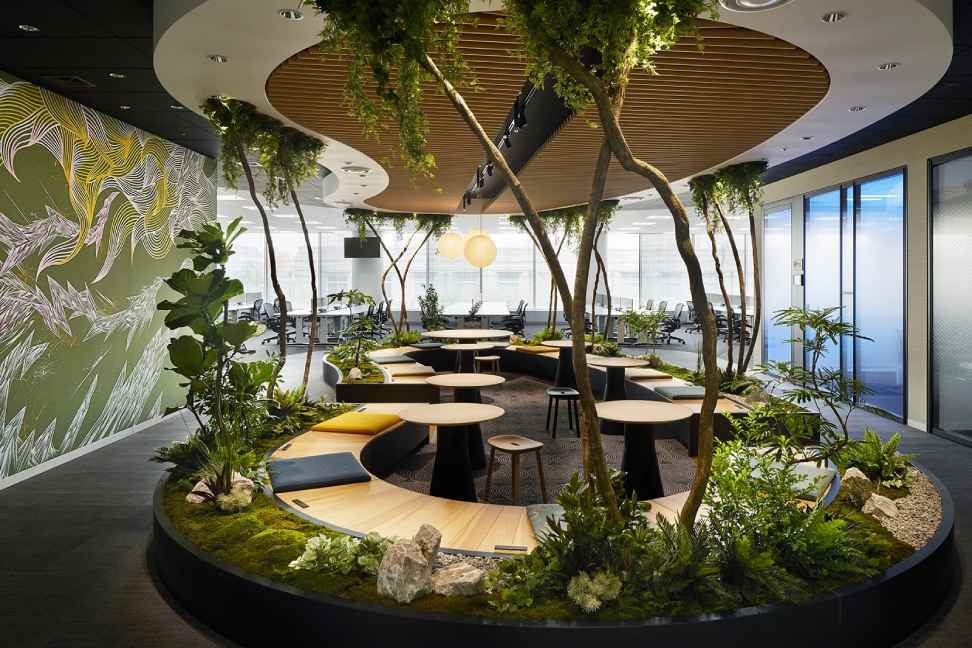11xplay Reddy Login, Betbhai9, T20exchange: Biophilic design is centered around the innate human connection to nature. It emphasizes incorporating natural elements such as greenery, water features, natural light, and views of the outdoors into architectural spaces. By integrating these elements, biophilic design aims to create environments that promote health, well-being, and productivity.
Another key principle of biophilic design is the use of natural materials and textures. Wood, stone, plants, and other organic materials are often incorporated into buildings to evoke a sense of the natural world indoors. This not only enhances the aesthetic appeal of the space but also helps to create a more harmonious and soothing environment for occupants.
Benefits of Incorporating Nature in Architecture
Incorporating nature into architectural design offers a multitude of benefits that positively impact individuals and the environment. Buildings that integrate natural elements such as sunlight, green spaces, and natural materials create a harmonious living environment that can enhance overall well-being. Studies have shown that exposure to nature within built environments can reduce stress, boost productivity, and improve mental clarity.
Furthermore, integrating nature into architecture can also lead to significant sustainability advantages. By incorporating energy-efficient design elements like natural ventilation and passive cooling, buildings can reduce their carbon footprint and resource consumption. Additionally, green roofs and living walls help mitigate the urban heat island effect, improve air quality, and provide habitats for local wildlife.
Examples of Biophilic Design in Modern Buildings
Restorative elements of nature are seamlessly integrated into modern building designs, enhancing the overall well-being of occupants. The Salesforce Transit Center in San Francisco stands as a prime example of biophilic design, featuring a sprawling rooftop park filled with diverse plant life and walking paths. This green oasis not only provides a serene retreat for visitors and workers but also contributes to the sustainability of the building by reducing energy consumption and promoting biodiversity.
Similarly, the Bosco Verticale in Milan showcases the innovative blend of nature and architecture with its towering residential towers adorned with thousands of trees and plants. The verdant facade not only adds aesthetic appeal to the skyline but also acts as a natural air filter, reducing pollution and noise in the urban environment. Residents can bask in the beauty of lush greenery right outside their windows, fostering a deeper connection to the natural world within the bustling cityscape.
What is biophilic design?
Biophilic design is a concept that aims to incorporate nature and natural elements into the built environment to create a more harmonious and healthy space.
What are the key principles of biophilic design?
Bet365 ID, Play247 Online, Iceexchange: The key principles of biophilic design include incorporating natural light, vegetation, natural materials, and views of nature into the design of buildings.
What are the benefits of incorporating nature in architecture?
Incorporating nature in architecture has been shown to have numerous benefits, including improved air quality, reduced stress levels, increased productivity, and enhanced overall well-being.
Can you provide some examples of biophilic design in modern buildings?
Some examples of biophilic design in modern buildings include green walls, rooftop gardens, large windows that provide views of nature, and the use of natural materials such as wood and stone in the interior design.

